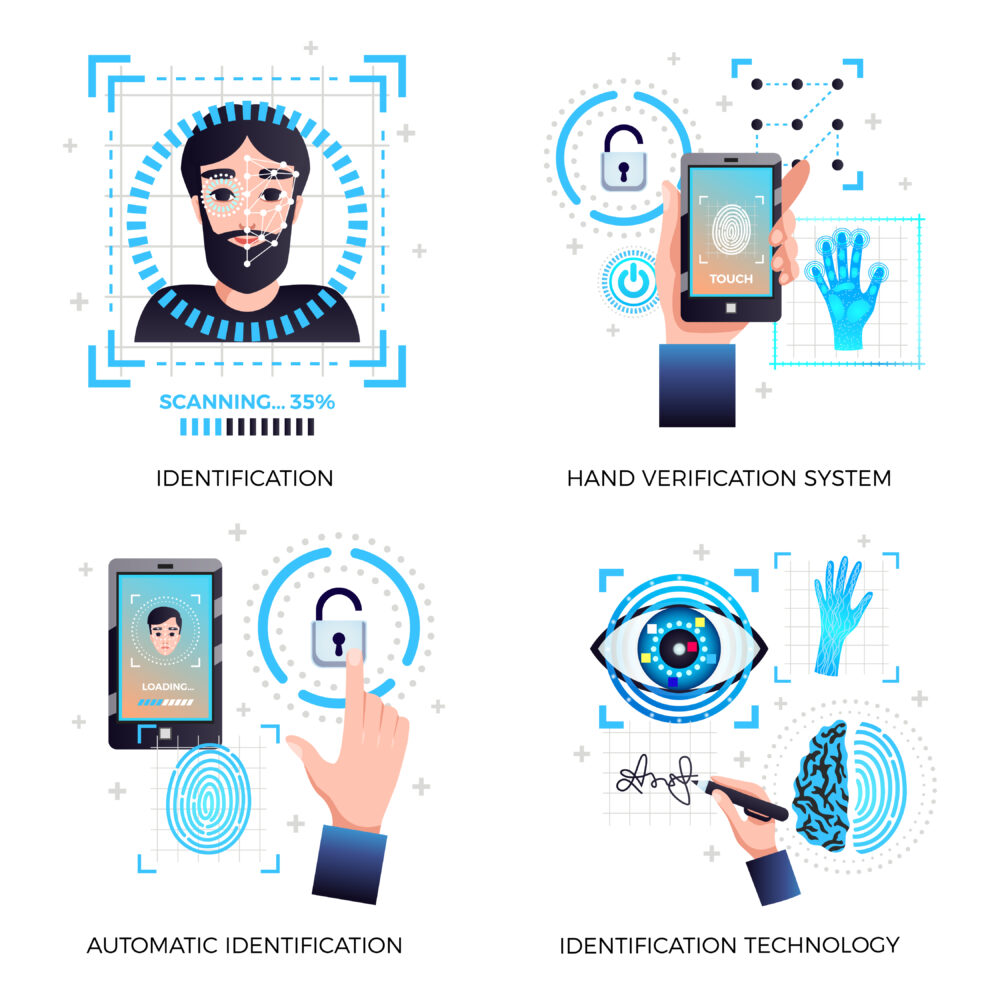In the context of global economic integration, technology transfer plays a crucial role in Vietnam’s socio-economic development. The adoption, application, and innovation of technology not only help businesses enhance their competitiveness but also optimize production processes and create high-value products. The Law on Technology Transfer 2017 was enacted to establish a transparent legal framework to regulate, coordinate and promote technology transfer activities in Vietnam. It also encourages businesses to engage in innovation and improve their access to advanced technologies. Among these legal frameworks, the Technology Transfer Agreement serves as an essential legal instrument, recognizing and safeguarding the rights and obligations of the parties involved in technology transfer.
1. Introduction to Technology Transfer Agreements
A Technology Transfer Agreement is an agreement between parties in which one party (the transferor) transfers ownership rights or grants the right to use technology to another party (the transferee). The purpose of this Agreement is to enable the transferee to access and apply new technology, thereby enhancing production capacity, improving product quality and increasing competitiveness in the market.
According to the Law on Technology Transfer 2017, Technology Transfer Agreement must comply with intellectual property rights regulations, protect the legitimate interests of the involved parties and be officially registered.
2. Nature of a Technology Transfer Agreement
In a Technology Transfer Agreement, the legal rights and benefits of both parties are protected, particularly in ensuring intellectual property rights over the transferred technology while preventing the transfer of outdated or inappropriate technologies for the transferee’s needs. Under the 2017 Technology Transfer Law, technologies subject to transfer include:
- Technical know-how and technological secrets;
- Technological plans, processes, solutions, specifications, drawings, technical diagrams, formulas, software, and data information;
- Solutions for production optimization and technology innovation;
- Machinery and equipment associated with any of the above technologies.
Additionally, the Technology Transfer Agreement not only stipulates the technology transfer itself but also outlines the methods of technology transfer, which may include:
- Transfer of technological documentation;
- Training the transferee to master and fully utilize the technology within an agreed timeframe;
- Assigning technical experts to assist the transferee in implementing, operating, and achieving agreed product quality and efficiency;
- Transfer of machinery and equipment together with the technology, combined with the above methods.
3. Components of a Technology Transfer Agreement
Technology transfer must be documented in writing, and the parties are free to choose the language. The content of a Technology Transfer Agreement must include the following key provisions:
- Name of the transferred technology;
- Technology subject to transfer, products created using the technology, standards, and product quality;
- Ownership transfer or licensing of technology use rights;
- Methods of technology transfer;
- Rights and obligations of the parties;
- Pricing and payment methods;
- Duration and effective date of the Agreement;
- Definitions and terminology used in the Agreement (if applicable);
- Technology transfer schedule, progress, and location;
- Warranty obligations for the transferred technology;
- Breach of Agreement penalties;
- Liabilities for Agreement violations;
- Dispute resolution authority;
- Other mutually agreed terms.
All Technology Transfer Agreements, except for domestic Technology Transfer Agreement (excluding technology transfers financed by state funds), are only valid once they receive an official Technology Transfer Certificate or Technology Transfer License, including Agreement involving restricted technology transfer.
Within 90 days from the signing date of a Technology Transfer Agreement, the responsible party must submit an application for a Technology Transfer Agreement Registration Certificate to the Ministry of Science and Technology. Upon receiving a complete application, the Ministry will review and within 05 working days, either issue the certificate, notify of rejection, or request modifications/additional documentation with written explanations.
4. Introduction to Apolat Legal’s Technology Transfer Agreement Drafting Services
Apolat Legal provides comprehensive and professional Technology Transfer Agreement drafting services, ensuring that businesses protect their legal rights when engaging in technology transfer transactions. With a team of experienced lawyers, Apolat Legal offers legal consultation and drafting of technology transfer Agreements tailored to the specific needs of clients while ensuring full compliance with current laws.
Besides, Apolat Legal’s advisory services on technology transfer not only ensure the legality and enforceability of Agreements but also safeguard intellectual property rights, confidentiality clauses, and commitments on technical support and training. This helps businesses effectively and securely access and apply technology.
See more:
2/ Termination of employment agreements due to structure and technology changes under the labor code
Disclaimers:
This article is for general information purposes only and is not intended to provide any legal advice for any particular case. The legal provisions referenced in the content are in effect at the time of publication but may have expired at the time you read the content. We therefore advise that you always consult a professional consultant before applying any content.
For issues related to the content or intellectual property rights of the article, please email cs@apolatlegal.vn.
Apolat Legal is a law firm in Vietnam with experience and capacity to provide consulting services related to Contract Drafting and Reviewing and contact our team of lawyers in Vietnam via email info@apolatlegal.com.





































